Fleischmann 7170010 Manual
Fleischmann
Modelbygning
7170010
| Mærke: | Fleischmann |
| Kategori: | Modelbygning |
| Model: | 7170010 |
Har du brug for hjælp?
Hvis du har brug for hjælp til Fleischmann 7170010 stil et spørgsmål nedenfor, og andre brugere vil svare dig
Modelbygning Fleischmann Manualer
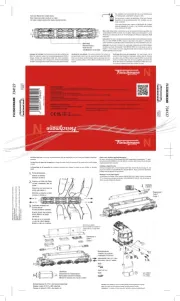
16 Juni 2025

15 Juni 2025
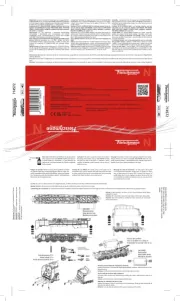
9 Juni 2025

9 Juni 2025
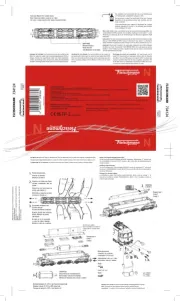
9 Juni 2025
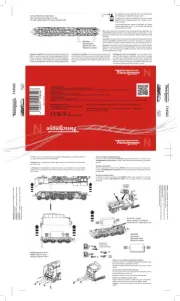
9 Juni 2025
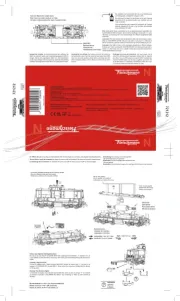
9 Juni 2025
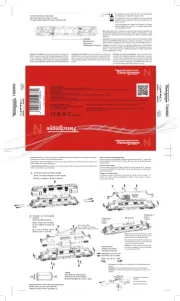
8 Juni 2025
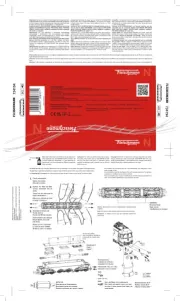
8 Juni 2025
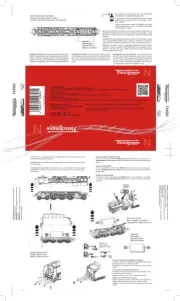
8 Juni 2025
Modelbygning Manualer
- Massoth
- Multiplex
- NOCH
- BRIO
- Italeri
- Playmobil
- Viessmann
- Piko
- ISDT
- Blade
- Seuthe
- BIG
- FABER CASTELL
- Tams Elektronik
- Pocher
Nyeste Modelbygning Manualer

31 Oktober 2025

28 Oktober 2025

29 September 2025
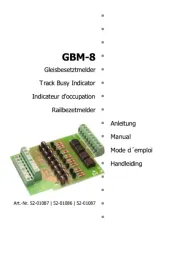
28 September 2025
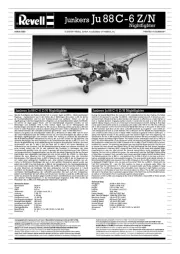
28 September 2025
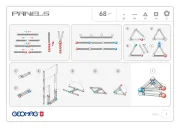
28 September 2025
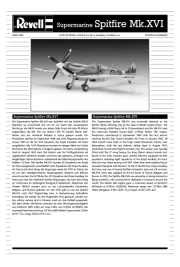
28 September 2025

28 September 2025

27 September 2025
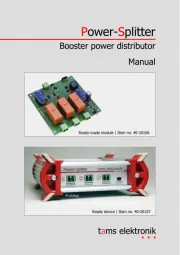
27 September 2025
